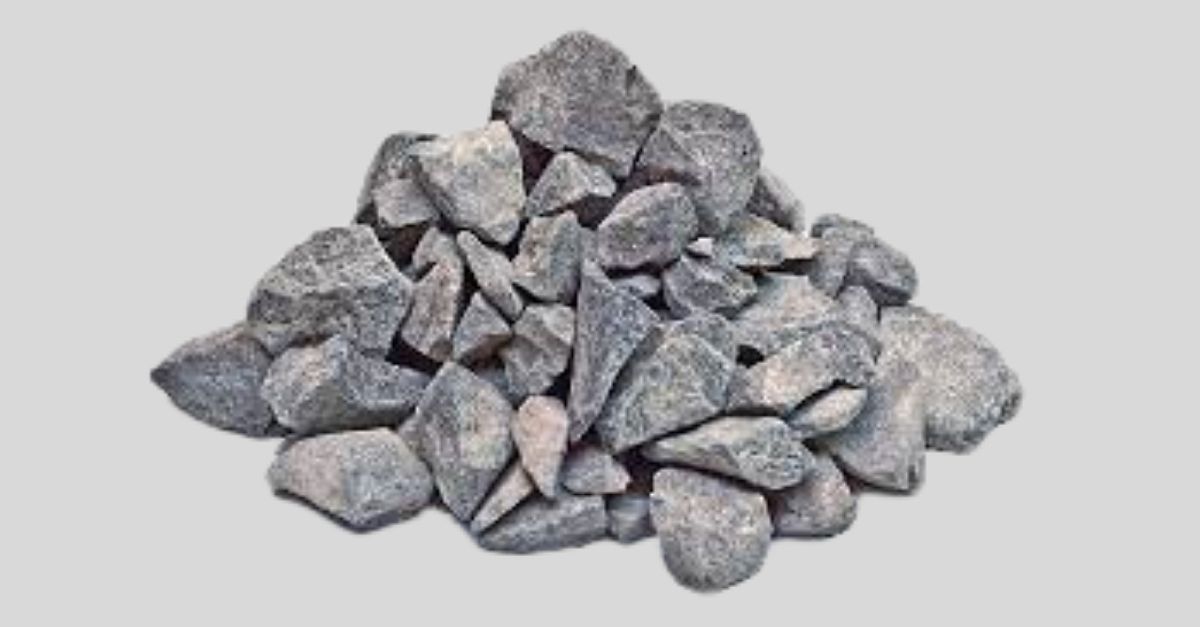Shape Construction aggregates are one of the essential components of concrete. But often, they are completely overlooked as some little rocks. When it comes to choosing from different aggregates, most people fail to make an informed choice. Whether you are planning to construct roads, bridges, walkways, or buildings, these seemingly insignificant rocks are a lot more important than you think. Here’s a guide to better understand the need for different types of aggregates in the construction industry, along with their respective properties and applications.
What are construction aggregates?
Aggregates are the raw material used to form concrete mixes. The most commonly known aggregates are sand, gravel, rocks, crushed stone, slag, geosynthetic aggregates, and recycled concrete. These are combined with binding material such as cement or asphalt to produce different varieties of concrete or mortar. The choice of the aggregate varies as per the usage/application. The size, texture, shape, gradation, and other physical and chemical properties of the aggregate significantly affect the quality of the concrete. The fact that aggregates are the most mined resources globally speaks about their role and significance in the construction industry.
The role aggregates in making concrete
- Aggregates act as the base material for concrete. It makes up 60 -80% of the concrete volume.
- The compressive strength, durability, and workability of the concrete depend upon selecting the appropriate aggregate.
- The aggregates with larger diameters help to limit water and cement requirements.
- Aggregates also prevent shrinkages after setting the concrete.
The sub-standard aggregates may lead to damages to the buildings. So, one should consider certain things while selecting a good quality aggregate.
Properties of good aggregates
- The aggregate should be clean, complex, well-graded, and free from chemical impurities and fine particles for quality concrete mix.
- After mixing, it should be stable, inert, and not react with cement.
- The water absorption capacity of aggregate should not exceed 5%.
- The spherical and cubical-shaped aggregates are the most preferred category.
- Rough surface aggregates work better than smooth surface aggregates. For this very reason, coarse aggregates are used more in construction than fine aggregates.
Types of Construction Aggregates
There is a wide variety of aggregates available for making concrete mixes. They come with specific similar and certain unique properties. Aggregates have multiple classifications based on their origin, grain size, weight, and shapes.
Let us dig deeper into the classification of aggregates.
Types of Aggregates According to Geological Origin
In this, the aggregates are grouped as per their source of origin. Natural, artificial, crushed stones and recycled aggregates fall under this classification.
Natural Aggregates
The rock fragments mainly used in their natural states are classified as natural aggregates. They usually exist under the earth’s surface. Natural sand, pebbles, and gravel dredged from the pit-in ground, riverbed, and sea bed, are the most common examples of natural aggregates. They occur both in fine and coarse substance states. The properties of these aggregates depend upon their rocks of origination. For instance- igneous rocks form stiff, strong, and dense aggregates with a glossy texture. At the same time, sedimentary rocks provide soft to hard, porous to thick, and light to heavy aggregates. Metamorphic rocks produce a foliated or flaky structured aggregate. All these natural aggregates require washing before use in concrete. It frees them of the foreign particles present in them.
Artificial Aggregates
These are artificially manufactured aggregates. Broken bricks, air-cooled fresh blast furnace slag, burnt clay are the most widely used ones. They are sometimes specially prepared to make lightweight or high-density concrete.
- Artificial cinders, furnace slag, burnt clay, sintered fly ash, expanded shale and slate, and exfoliated vermiculite prepare lightweight concrete.
- Steel rivet punching and iron ore (Magnetite) form good quality high-density concrete.
Brick aggregates are not suitable for waterproof construction and road work concrete. They should also be free from lime mortar and lime sulfate plaster before use as aggregates.
Crushed Rock Aggregates
Crushed rock aggregates are formed by crushing and screening the excavated or quarried stones. The stones are crushed to desired grain size to form aggregates. Usually, crushed rocks have a good load-bearing capacity. That makes them suitable traffic-exposed streets and roads. Moreover, the controlled mechanical environment for crushing ensures that the aggregates produced are suitable in quality.
Recycled Aggregates
Recycled aggregates are produced by crushing concrete and construction waste. They don’t require mining of the natural quarries. The recycled aggregates form excellent options for backfilling, drainage and embankment, noise barriers, and bank protection. But before using them, one should remove reinforcement and other mixed items. Substances such as asphalt, clay balls, glass, sealants, paper, wood, and roofing materials should also be separated.
Types of Aggregates According to Grain-size
Aggregates can be classified according to their grain size as Fine aggregates and Coarse aggregates.
Fine Aggregates
These aggregates are the ones that can pass through IS Sieve of 4.75 mm. Fine aggregates form 35-40% of the total volume of the total aggregates used in concrete. Sand compiled of silicon dioxide in the form of quartz is the most commonly used fine aggregate.
Coarse Aggregates
Coarse aggregates are the ones that are retained (cannot pass) on the IS Sieve of 4.75mm. Crushed stone and gravel are the most common coarse aggregates. Their large size doesn’t allow them to pass through the given sieve. The maximum size of aggregate used in cement concrete is 40 mm.
Types of Aggregates According to Weight
The aggregates can be classified under three categories according to their unit weight- lightweight, normal-weight, and heavy-weight aggregates.
| Category | Unit Weight | Aggregate examples |
| Lightweight Aggregates | Less than 121KN/m3 | Pumice, sawdust, rice husk, foamed slag, Expanded perlite, sintered fly ash, shale or slate Burned clay Crushed brick |
| Normal Weight Aggregates | 23-26 KN/m3 (with specific gravity between 2.4 and 2.8) | Sand, gravel, crushed rocks such as quartz, sandstone, granite, limestone, basalt |
| Heavy Weight Aggregates | 28-29 KN/m3 (with a specific gravity greater than 2.8) | Steel, iron pellets, iron shot |
Types of Aggregates According to Shape
The aggregate’s shape is one of the critical factors in determining the workability of the concrete. Aggregates have multiple classifications based on their shapes.
Rounded Aggregates
Rounded aggregates such as seashore gravel are naturally available. This shape minimizes the percentage of voids (32-33%) and lowers the cement-water ratio. But their poor inter-locking behavior and weak bond strength make them unsuitable for high-strength concrete and embankment.
Irregular Aggregates
The irregular aggregates have partly rounded shape. They exist in nature in the form of pit sands and gravel. When compared to rounded aggregates, they have higher voids (around 35-38%). Though their bond strength is slightly better, still, they don’t fare well in terms of workability. They require more cement and water for producing good-quality concrete.
Angular Aggregates
Angular aggregates are produced by crushing huge rocks. They have sharp and well-defined edges. They have a maximum percentage of voids (38-45%) which hampers the workability. But they show higher bond strength and better interlocking property when compared to rounded aggregates. Without a doubt, it makes them suitable for producing high-quality concrete.
Flaky Aggregates
An aggregate is flaky if its least dimension (thickness) is less than 60% of its mean dimension. The uneven shape creates more voids and requires more cement slurry for binding. These properties limit their usage in the construction industry.
Elongated Aggregates
An aggregate is called elongated if its least dimension (thickness) is less than 180% of its mean dimension. Like flaky aggregates, elongated aggregates are also not preferred in construction. Their higher void percentage leads to poor workability.
Final Verdict
Before you decide the appropriate aggregate for your home, office, or outdoor project, note that many categories of aggregates are overlapping. The same aggregate may be irregular, elongated, and natural, all simultaneously. Besides this physical differentiation, aggregate suitability is also determined by its chemical properties. The aggregate’s performance concerning bulking, specific gravity, thermal insulation, water absorption, and cement compatibility is equally important while making an informed choice. Check here for more construction-related products.


Leave a Reply